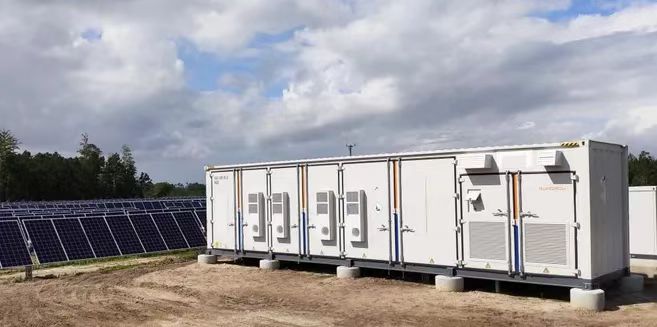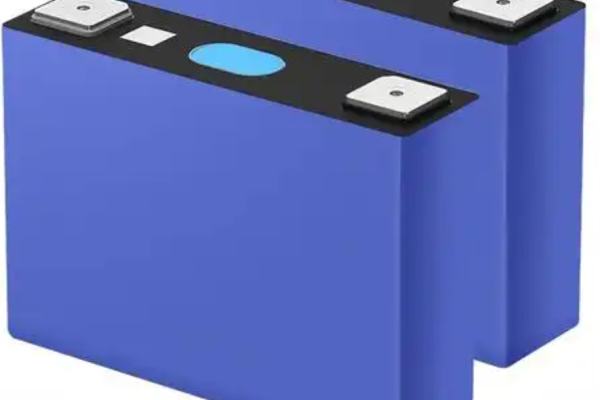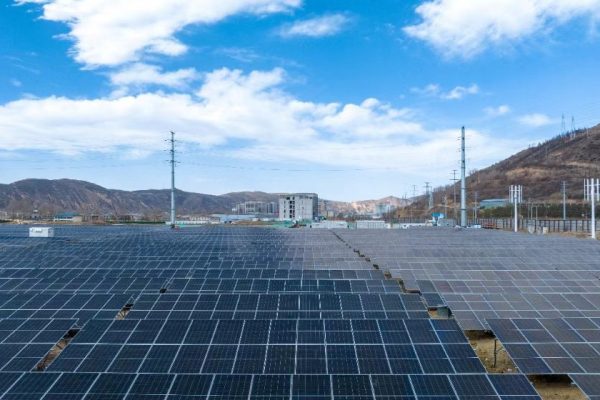Practical Strategies for Small Commercial and Residential PV+Storage Projects
1. Why All-in-One Systems Matter
In emerging markets, energy access, grid instability, and limited technical support create unique challenges for PV+Storage deployment.
All-in-One (AIO) systems—integrated solutions combining solar inverters, batteries, and sometimes monitoring software in a single cabinet—offer a flexible and simplified solution.
This article explains how to position AIO systems effectively, highlighting marketing strategies, technical benefits, and customer-focused approaches.
2. Understanding Emerging Market Needs
A. Grid Instability
- Frequent outages and voltage fluctuations make reliable backup energy a priority.
- Customers prefer plug-and-play solutions that do not require specialized installation.
B. Limited Technical Expertise
- Many small businesses or households lack skilled electricians.
- Simplified installation and pre-integrated components reduce errors and operational risks.
C. Cost Sensitivity
- Budget constraints are common.
- Offering modular options or tiered performance levels allows customers to choose solutions aligned with their finances.
D. Scalability
- Customers may start small and expand later.
- AIO systems that allow easy battery or panel expansion are attractive.
3. Technical Advantages of All-in-One Systems
1. Reduced Installation Complexity
- Pre-wired and pre-configured components minimize on-site assembly errors.
- Fewer installation hours reduce labor costs, a critical factor in emerging markets.
2. Space Efficiency
- Integrated cabinets save space, ideal for urban households or small commercial rooftops.
3. Built-In Safety
- Many AIO solutions include arc-fault protection, overcurrent protection, and battery management systems.
- Safety features are especially important where local regulations are limited.
4. Faster Deployment
- Pre-assembled units allow rapid rollout, critical for residential projects, schools, clinics, or remote businesses.
4. Marketing Strategies for Emerging Markets
A. Highlight Simplicity
- Promote “plug-and-play” or “ready-to-use” messaging.
- Emphasize that no specialized engineering knowledge is required.
B. Focus on Reliability
- Share case studies showing consistent performance during outages or harsh conditions.
- Stress long-term energy savings and ROI.
C. Emphasize Safety and Compliance
- Position your system as meeting international safety standards, even if local regulations are weak.
D. Local Support and Warranty
- Offer regional technical support or training programs for local installers.
- Ensure warranty terms are clear, building trust in new markets.
E. Flexible Financing
- Provide installment plans or leasing options to reduce upfront costs.
- Position AIO systems as affordable long-term investments, not just products.
5. Educating the Customer
1. Demonstrations
- Use small demo units in local stores or community centers.
- Show real-time energy storage and solar performance.
2. Simple Documentation
- Provide visual guides and videos instead of technical manuals.
- Include basic troubleshooting steps to empower the user.
3. Webinars & Local Workshops
- Organize short training sessions for resellers, local electricians, and end-users.
- Helps establish brand credibility and technical trust.
6. Pricing and Competitive Positioning
A. Emphasize Total Value
- Customers may compare initial costs with traditional inverters and batteries.
- Highlight integration savings, installation speed, and safety features.
B. Modular Approach
- Offer options such as battery-only, inverter-only, or full AIO systems.
- Allows customers to scale according to budget and energy needs.
C. Avoid Over-Engineering
- Focus on essential features for reliability and simplicity.
- Overly complex systems may increase cost and reduce adoption.
7. Post-Sale Support Strategies
A. Local Partner Training
- Train local resellers and technicians to perform installations and maintenance.
- Reduces reliance on the manufacturer for on-site support.
B. Remote Monitoring
- Integrated EMS or IoT-based monitoring allows remote diagnostics.
- Reduces downtime and strengthens customer confidence.
C. Maintenance Packages
- Offer optional maintenance contracts, including seasonal inspections or firmware updates.
- Encourages long-term loyalty and recurring revenue.
8. Case Study: AIO Deployment in a Tropical Emerging Market
Scenario: Small retail chain in Southeast Asia installs a 15 kW AIO system with 30 kWh storage per site.
- Challenges: High humidity, irregular grid supply, limited local technical support.
- Solution: Pre-integrated, fully enclosed AIO cabinets with remote monitoring.
- Results: Reduced installation time by 50%, zero reported safety incidents, and 20% higher solar self-consumption compared to separate components.
- All-in-One systems simplify installation, improve safety, and reduce project complexity.
- Positioning in emerging markets requires emphasis on reliability, ease of use, and cost efficiency.
- Support local partners, provide clear documentation, and leverage remote monitoring to enhance customer trust.
- Modular, flexible solutions help customers adapt to changing energy needs while keeping upfront costs manageable.
A strategic approach to positioning AIO systems ensures successful adoption, long-term customer satisfaction, and brand credibility in emerging markets.









